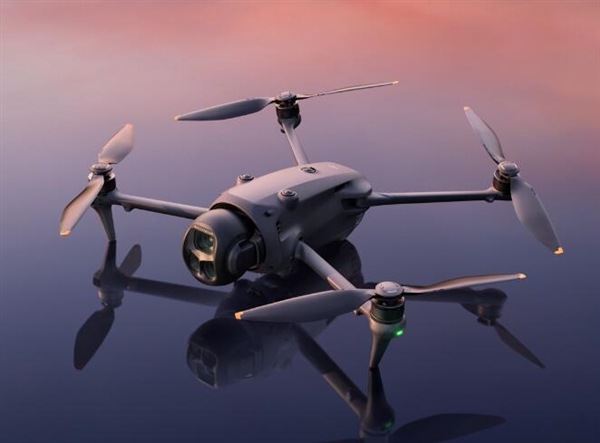The Revolutionary Impact of Multispectral Drones on Agriculture
In recent years, the integration of drones with multispectral camera technology has ushered notable transformations across diverse sectors. Particularly in agriculture, this innovation provides a beacon of hope for optimizing crop management and increasing yields. By utilizing multispectral imaging, these drones deliver critical insights into the health and productivity of fields. Farmers can now access precise data, facilitating a more augmented approach to farming and enabling informed decisions that foster sustainability.

Multispectral cameras operate by capturing images at separate wavelengths, some invisible to the human eye. This capability allows drones to detect variations in plant health, moisture levels, and nutrient status, details that can be pivotal in mitigating crop diseases and maximizing output. Traditionally, farmers relied on manual inspections, which were often labor-intensive and lacked the precision provided by technological advancements.
As focus intensifies on maximizing agricultural productivity while minimizing environmental impact, these cutting-edge drones become indispensable tools. Drones with multispectral cameras afford a comprehensive analysis of vast farmlands in less time than conventional methods. Equipped with this technology, farmers can monitor plant vigor more reliably, make data-driven interventions, and allocate resources efficiently.
A Paradigm Shift in Precision Agriculture
Precision agriculture has long sought to enhance farming practices through the integration of advanced technology. With multispectral drones, this ambition is steadily becoming a reality. The technology is fine-tuned to identify specific crop stress factors and diagnose potential issues before they escalate into larger problems. Employing this approach reduces waste, both financially and environmentally.
Unlocking Invaluable Data
When deployed across farmland, drones gather invaluable data, such as NDVI (Normalized Difference Vegetation Index), which provides a more accurate reflection of plant health than visual inspection alone. This high-resolution imagery enables farmers to implement practices that reduce the use of unnecessary chemicals and promote an eco-friendly environment.
Moreover, real-time data collection allows adjustments that reflect changing conditions, giving farmers unprecedented control over their operations. These insights ensure crops receive tailored care most efficiently, highlighting how drones with multispectral cameras contribute to thriving production.
Challenges and Considerations
Despite the apparent benefits, the adoption of multispectral drones doesn’t come without challenges. Farmers must weigh the substantial initial investment and potential technical challenges related to data analysis. Additionally, operators of these sophisticated systems require specialized training to maximize their potential benefits.
FAQs on Drone Technology in Agriculture
Q: How do drones with multispectral cameras benefit crop health?
A: These drones detect subtle changes in vegetation that are imperceptible to humans, helping farmers address issues proactively, thus ensuring healthier crops.
Q: Are these drones suitable for all types of crops?
A: Generally, yes. However, certain plants may benefit from additional types of data or sensors beyond multispectral imaging, depending on specific cultivation needs.
Q: What is the cost factor involved in utilizing drone technology?
A: While initial expenses can be high, the long-term benefits of improved yield and cost-effective resource management often outweigh these costs, making it a viable investment.